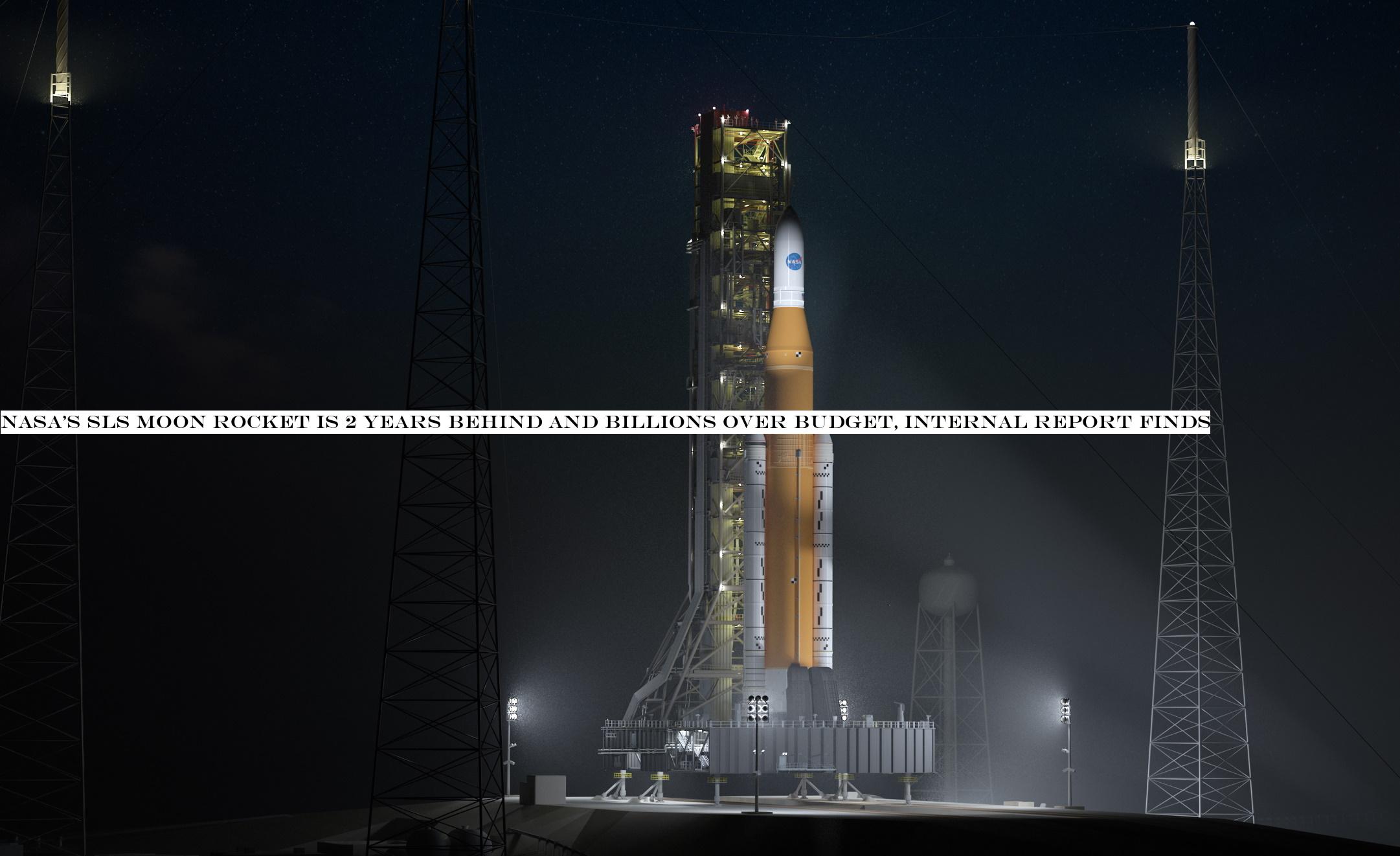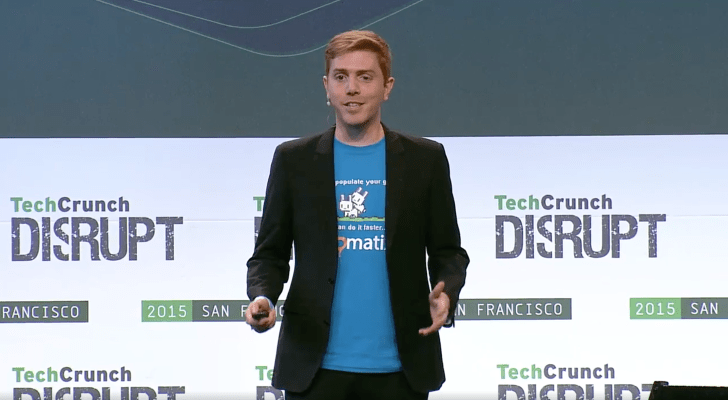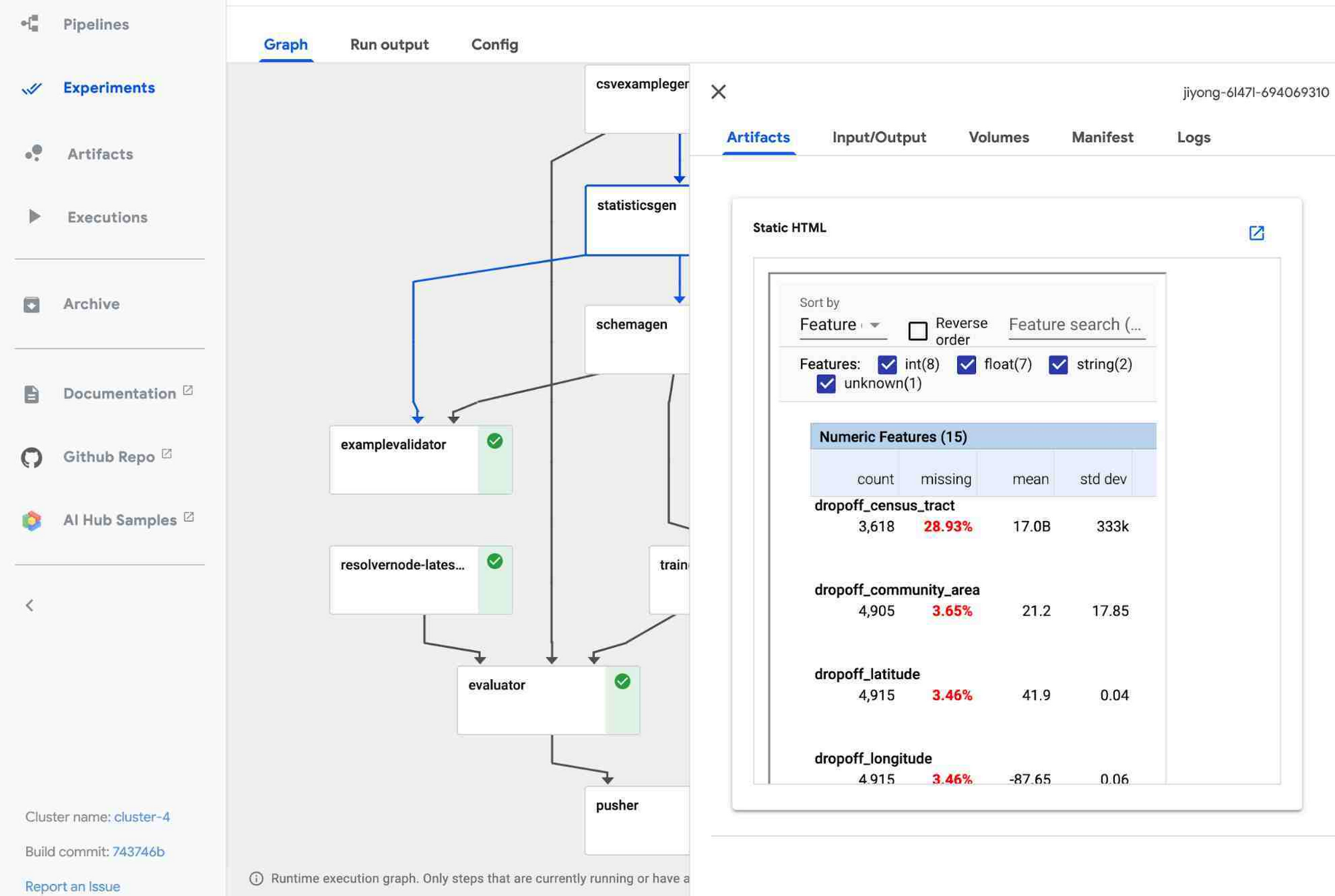Music
Trailers
DailyVideos
India
Pakistan
Afghanistan
Bangladesh
Srilanka
Nepal
Thailand
StockMarket
Business
Technology
Startup
Trending Videos
Coupons
Football
Search
Download App in Playstore
Download App
Best Collections
Technology

NASA ambitious plan to put boots on the Moon in 2024 is looking increasingly costly — and increasingly unlikely — if the current cost overruns and delays are any indication, according to a report by the agencyOffice of the Inspector General.
&NASAcontinued struggle with managing SLS Program costs and schedule has the potential to impact the Agencyambitious goals for the Artemis program,& reads the report issued yesterday. &Each of the major element contracts for developing and building the SLS for Artemis I—Stages, ICPS, Boosters, RS-25 Adaptation, and RS-25 Restart—have experienced numerous technical challenges, performance issues, and requirement changes that have resulted in $2 billion of cost overruns and increases and at least 2 years of schedule delays.&
That doesn&t mean that the 2024 date has slipped to 2026, of course — the delays are in the creation of the first, test version of the Space Launch System, the next-generation heavy-lift launch vehicle NASA intends to use for the crewed Artemis missions. That first launch is currently estimated to take place sometime in spring of 2021 — more than two years after the original estimate.
To put those delays in perspective, the SLS program really started back in 2010, with the design stage concluding in 2014 and contracts for testing and manufacturing being awarded after that. Dates as early as 2016 were floated for SLS readiness, but NASA eventually officially committed to late 2018. But that has slipped several times, most recently in January, when NASA said that launch in November of this year was no longer tenable.
Whatmore, these extensions and difficulties (some at NASA, some at contractors and subcontractors) have complicated finances and caused the program to blow past its original budget. Part of this is simply in how itreported, but it also means that what has been accomplished has cost more than expected.
As the report states: &Overall, by the end of fiscal year 2020, NASA will have spent more than $17 billion on the SLS Program—including almost $6 billion not tracked or reported as part of the ABC.& Thatthe Agency Baseline Commitment, essentially what NASA told Congress it would do in order to get this funding secured.
It should surprise no one that a major endeavor like accelerating a Moon landing program is more difficult and expensive than first suspected. And ultimately what matters for Artemis is that the U.S. return to the Moon — &to stay,& as Administrator Jim Bridenstine is fond of saying — safely and in good time. The 2024 goal is an arbitrary one and no engineer or astronaut is going to rush the project in order to satisfy a political agenda — not when lives are at stake.
The Office of the Inspector General makes a few suggestions as to how to better track spending and keep NASA and its contractors accountable for time and spending. But the repeated warnings of delays seem to indicate, if never to actually state, that the goal of getting to the Moon in 2024 is only a few months of delays away from being no longer possible.
- Details
- Category: Technology Today
Read more: NASA’s SLS Moon rocket is 2 years behind and billions over budget, internal report finds
Write comment (91 Comments)
Software giant Salesforce announced this week the addition of a few new tools in healthcare management to the Salesforce Health Cloud, with the goal being to help payers and providers utilize a more comprehensive system.
The first is a healthcare provider management feature allowing doctors and other healthcare workers a way to efficiently manage new accounts and activities from a single point.
Also included in the update is Einstein Analytics for Healthcare, which will provide pre-built dashboards and industry KPIto help referral managers keep track of their performance.
Destinations, the third addition from Salesforce, is a no-code healthcare interoperability solution available in SalesforceAppExchange program and provided in partnership with Bridge Connectors. Destinations allows healthcare organizations to integrate internal data with SalesforceHealth Cloud without the need to write any code.
Several large healthcare organizations rely on SalesforceHealth Cloud for provider services, including Cancer Treatment Centers of America, which serves cancer patients at treatment centers and hospitals throughout the U.S., and Piedmont Healthcare, which has 11 hospitals and serves in over 250 locations, according to its website. The ability to manage accounts, track analytics over time and integrate that data provides a way for these facilities to more efficiently do their work and treat patients in need in a more organized manner.
&All of this is part of SalesforceCustomer 360 for Healthcare vision to empower healthcare and life sciences organizations of all sizes and types across provider, payer, pharmaceutical, and medical device companies to deliver connected, collaborative and personalized care and experiences,& notes a Salesforce release on the announcement. &With these new innovations, we&re working towards improving health outcomes and unlocking operational efficiencies by connecting people, data, and processes on a unified platform.&
- Details
- Category: Technology Today
Read more: Salesforce adds new healthcare provider relationship management and analytics tools
Write comment (97 Comments)These days, most of the games developed need to be social, multi-platform and extensible, but there are only a few developers with the expertise to bring those toolsets to the profusion of new games that crop up every year.
Well, now those development studios can turn to Pragma, which is building the back-end toolkit for gaming companies so their developers can focus on what they do best — making games.
Itbasically taking a page from the application development playbook where off-the-shelf toolkits can reduce by months the time it takes to get an app into the market, according to Pragma chief executive Eden Chen. In the game industry, a game can stay in beta for years as developers work out the kinks.
&In the game world, because of the necessity to build multiplayer, the length to launch a game has gotten way, way, way, way longer. Games are taking five to 10 years to launch out of beta,& Chen said.
Founded by Chen and former Riot Games engineering lead Chris Cobb, Pragma is offering a &backend as a service,& according to the company, selling a toolkit that includes accounts, player data, lobbies, matchmaking, social systems, telemetry and store fulfillment.
In a way ita complement to the front-end game engines from companies like Epic, the creator of Fortnite.
Indeed, Epic had announced plans to create a back-end system for game developers of its own, but Chen sees the benefits of having an independent operator doing the work — not a potential competitor.
Pragmainvestors agreed. The company raised $4.2 million in funding from a clutch of high-quality firms and individual investors, led by the Los Angeles-based Upfront Ventures with participation from Advancit Capital and angel investors Jarl Mohn, president emeritus at NPR and former Riot Games board member; Dan Dinh, founder of TSM; and William Hockey, founder of Plaid.
&In a world where gaming studios have long used third-party engines to power their front-end development, it makes no sense for the same studios to spend millions of dollars to build their own custom back-end,& said Kevin Zhang, partner at Upfront Ventures and board member at Pragma, in a statement. &This broken system has lasted for so long because creating a reusable, platform-agnostic backend is not just extremely complex but rarely prioritized compared to the game.&
The gaming industry is a $139 billion behemoth that in some ways lags behind its technologically-savvy peers in creating off-the-shelf tools to speed production. They&re combinations of social media platforms like Facebook and Snap, and big, high-budget movie productions, but lack any tools to simplify the process of development or ensure that persistence, scale and feature complexity don&t lead to downtimes. And downtimes could mean millions in expenses and lost revenues, Pragma said.
&Creating online multiplayer games is increasingly complex and expensive. Studios are hindered by the need to not just create compelling games, but also to build custom server technology to operate their game,& Chris Cobb, the companychief technology officer, said in a statement.
The company currently has one customer on its platform and will launch to an exclusive set of beta users in late 2020.
- Details
- Category: Technology Today
Read more: Pragma is a back-end toolkit for gaming companies, so game developers can focus on games
Write comment (98 Comments)
Unity has acquired AI game developer tools startup Artomatix.
The Dublin startup builds developer tools that allow game studios to more easily create deep learning-enhanced textures that scale more convincingly.
Developers can use the startupArtEngine platform to bring real-world materials to their game worlds, adapting the visual patterns to their 3D worlds more quickly than existing toolsets while eliminating seams and irregularities. ArtEngine uses AI to identify visual flaws in replications and saves developers from having to endlessly tweak environments.
The company launched at TechCrunch Disrupt SF back in 2015. Artomatix went on to raise just over $12 million in grants and funding from VCs, including from Enterprise Ireland, Suir Valley Ventures, Manifold Partners and Boost Heroes.
Artomatix team will continue to operate out of their Dublin offices. Unity did not share an acquisition price.
Unity, which boasts that more than half of new games are built using its engine, is an obvious suitor for Artomatixtechnology. The engine has continued to grow more powerful in recent years, but bulking up in capabilities has increased complexity and left developers with lengthy render times.
If Artomatixtechnology can help game designers create the art used to populate digital environments, Unity can begin to push more workflow through AI-assisted tools and save developers time.
- Details
- Category: Technology Today
Read more: Unity acquires Dublin-based deep learning startup Artomatix
Write comment (95 Comments)Google Cloud today announced the beta launch of Cloud AI Platform Pipelines, a new enterprise-grade service that is meant to give developers a single tool to deploy their machine learning pipelines, together with tools for monitoring and auditing them.
&When you&re just prototyping a machine learning (ML) model in a notebook, it can seem fairly straightforward,& Google notes in todayannouncement. &But when you need to start paying attention to the other pieces required to make an ML workflow sustainable and scalable, things become more complex.& And as complexity grows, building a repeatable and auditable process becomes harder.

That, of course, is where Pipelines comes in. It gives developers the ability to build these repeatable processes. As Google notes, there are two parts to the service: the infrastructure for deploying and running those workflows, and the tools for building and debugging the pipelines. The service automates processes like setting up Kubernetes Engine clusters and storage, as well as manually configuring Kubeflow Pipelines. It also uses TensorFlow Extended for building TensorFlow-based workflows and the Argo workflow engine for running the pipelines.
In addition to the infrastructure services, you also get visual tools for building the pipelines, versioning, artifact tracking and more.
With all of this, getting started only takes a few clicks, Google promises, though actually configuring the pipelines isn&t exactly trivial, of course. Google Cloud is adding a bit of complexity (or flexibility, depending on your perspective) here, given that you can use both the Kubeflow Pipelines SDK and the TensorFlow Extended SDK for authoring pipelines.

- Details
- Category: Technology Today
Read more: Google Cloud launches new tools for deploying ML pipelines
Write comment (98 Comments)
On Wednesday, U.S. Chief Technology Officer Michael Kratsios convened representatives from a number of the techbiggest companies to gameplan a response to the worsening global coronavirus pandemic.
According to The Washington Post, the meeting, held remotely over the phone and through video calls, served as a brainstorming session for tech and the White House on coordinating against coronavirus misinformation, potentially aiding in the analysis of relevant new medical research and how to lend techresources to support the federal government to track travelers and other complex data-driven tasks.
As Politico and the Post reported, the White House is seeking help from Google, Facebook, Amazon, Microsoft, Apple, IBM, Cisco and Twitter on the efforts.
Major tech companies have been proactive in protecting their own workforces from the coronavirus epidemic, even as a federal response lags. On Tuesday, Google asked all North American employees to work from home, expanding its previous guidance for Washington state-based workers. That same day, Mark Zuckerberg announced that the Chan Zuckerberg Initiative would work with Bay Area health research teams to quadruple the coronavirus testing capacity in the area.
In a statement following the virtual meeting, Kratsios described the coronavirus response as an &all-hands-on-deck effort.&
- Details
- Category: Technology Today
Read more: White House asks tech leaders for help with coronavirus response
Write comment (90 Comments)Page 1240 of 1416

 13
13





